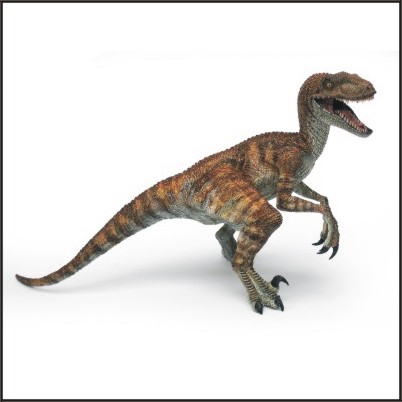New discovery may explain Dinosaur evolution better
 The remains of a new herbivorous sauropod dinosaur near the world-famous Carnegie Quarry in Dinosaur National Monument has been discovered by US Scientists, which may help explain the evolution of the largest land animals ever to walk the earth.
The remains of a new herbivorous sauropod dinosaur near the world-famous Carnegie Quarry in Dinosaur National Monument has been discovered by US Scientists, which may help explain the evolution of the largest land animals ever to walk the earth.
University of Michigan paleontologist Jeffrey Wilson and graduate student John Whitlock, along with coauthors from Brigham Young University and Dinosaur National Monument made the finding.
A rare look at a sauropod skull, known for only a handful of the more than 120 species known to science is represented by the discovery. Skulls are important, because they can tell scientists a lot about what and how an animal ate.
Wilson said," At first glance, sauropods don't seem to have done much to adapt to a life of eating plants."
He further added," They don't have some of the obvious hallmarks of herbivory seen in other dinosaurs, like beaks for slicing or cheeks to hold in food while chewing. They were obviously quite proficient at eating, though, and every skull gives us a few more pieces of the puzzle."
Wilson and Whitlock , together with paleontologists Brooks Britt (Brigham Young University) and Dan Chure (Dinosaur National Monument), compared the skulls and teeth of the new dinosaur to those of other sauropods and discovered one repeated trend throughout sauropod evolution: the development of narrow, pencil-like teeth from broad-bladed teeth.
Whitlock said," We know narrow-crowned teeth appear at least twice throughout sauropod history, and both times it appears to correspond to a rise in the number of species. This new animal is intermediate in terms of its tooth shape and helps us understand how and when one of these transitions occurred." (With Inputs from Agencies)